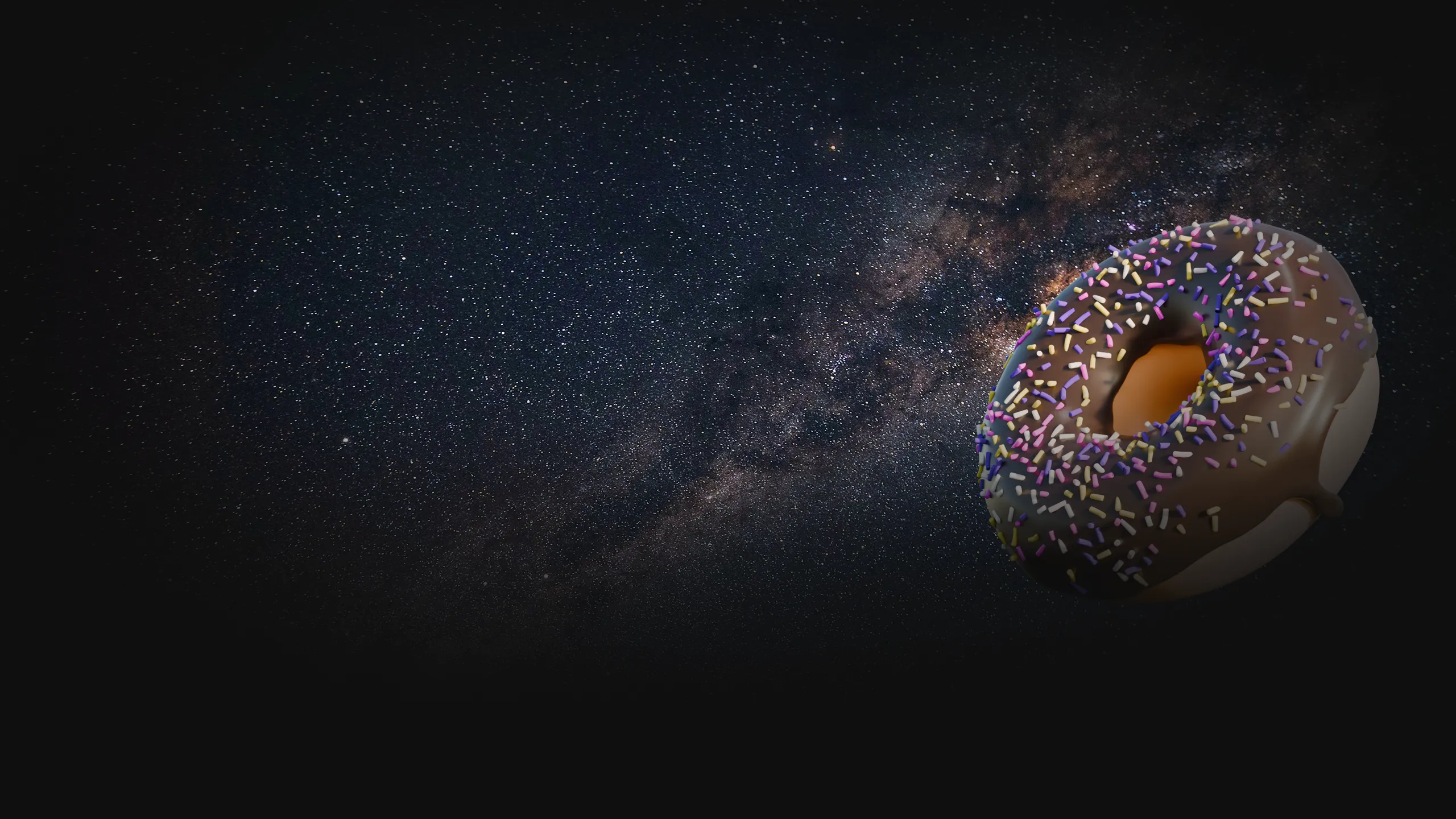My Take on the Blender Donuts
“houston, i don’t know whether that does you any good, but there is something out there.”

“houston, i don’t know whether that does you any good, but there is something out there.”
Inside chroma, we explore the fun edges of digital art. I’ve toyed with 3D for years – small experiments, abstract shapes, stuff I’ll eventually post here. The Blender Donut holds a strange gravity of its own: part ritual, part milestone. Let’s dive in, my dear readers.
After a dozen lighting tests, too many bakes, and one minute of donuts misbehaving on a kitchen counter, I showed you how a tutorial can turn into a small, personal study. From stills to motion to a model you can turn in your hands.
You now have the context to see the Blender donut tutorial not as a checkbox and as “another skill”, but as a cool experiment you can endlessly build upon, to create the next great piece of art. I’ll keep this as my little hobby, but for you, who knows? You might become the greatest 3D artist this world has ever seen and I truly wish that for you. Thanks for tagging along, you’re awesome.
Much more art, sound, and experiment is coming soon, so:
Stay tuned right here, on Unbound Planet, with your favorite host.
–Theo
Contact me🔗 for suggestions, feedback, ideas.
sources: hero